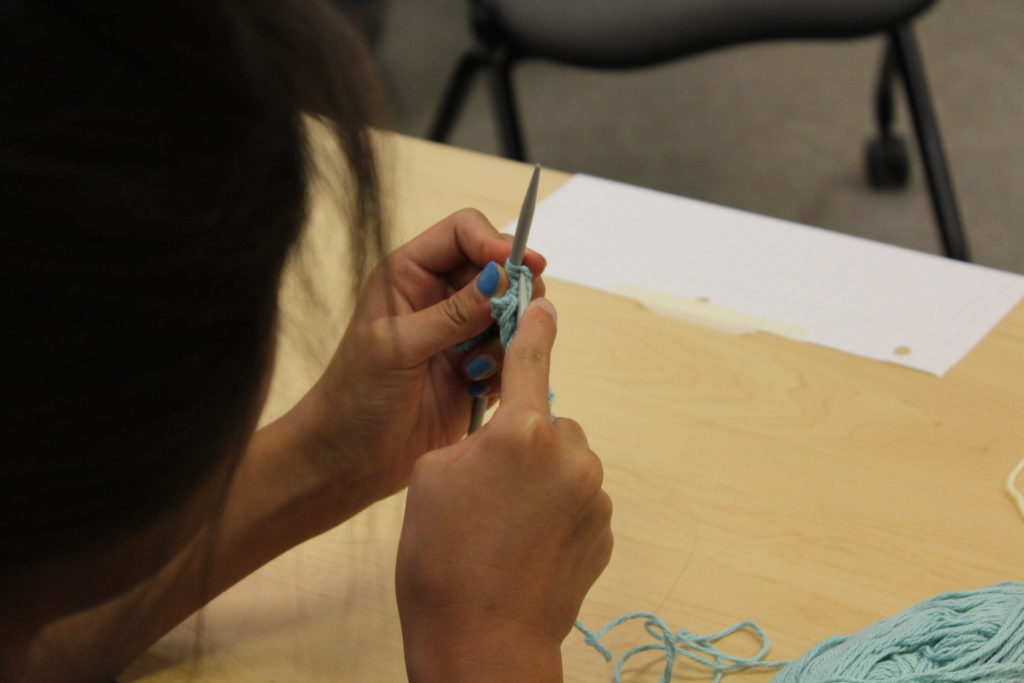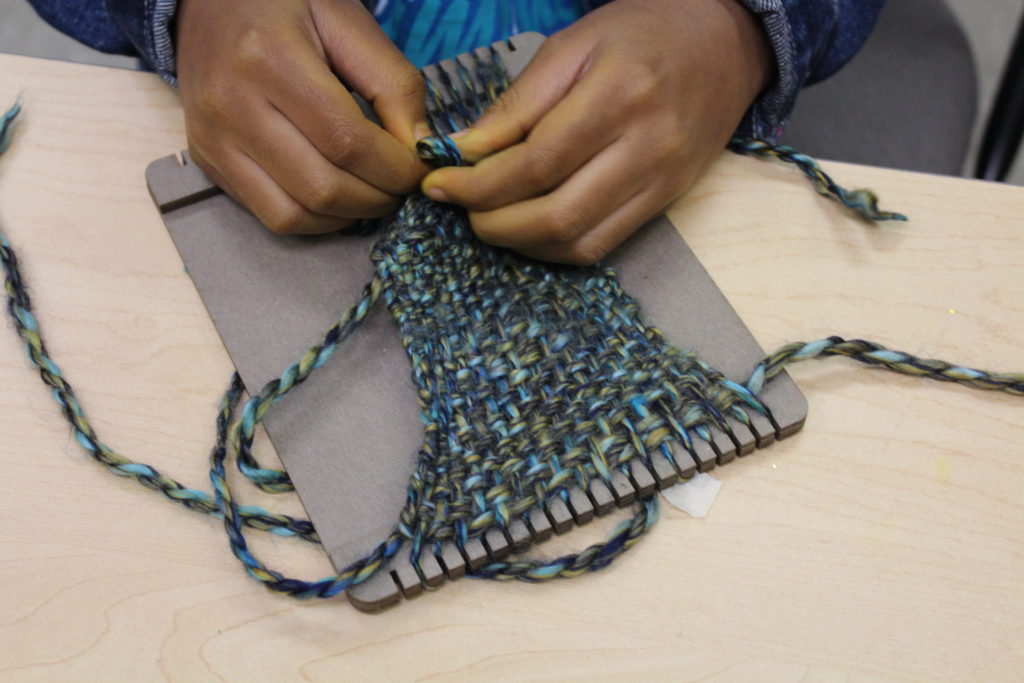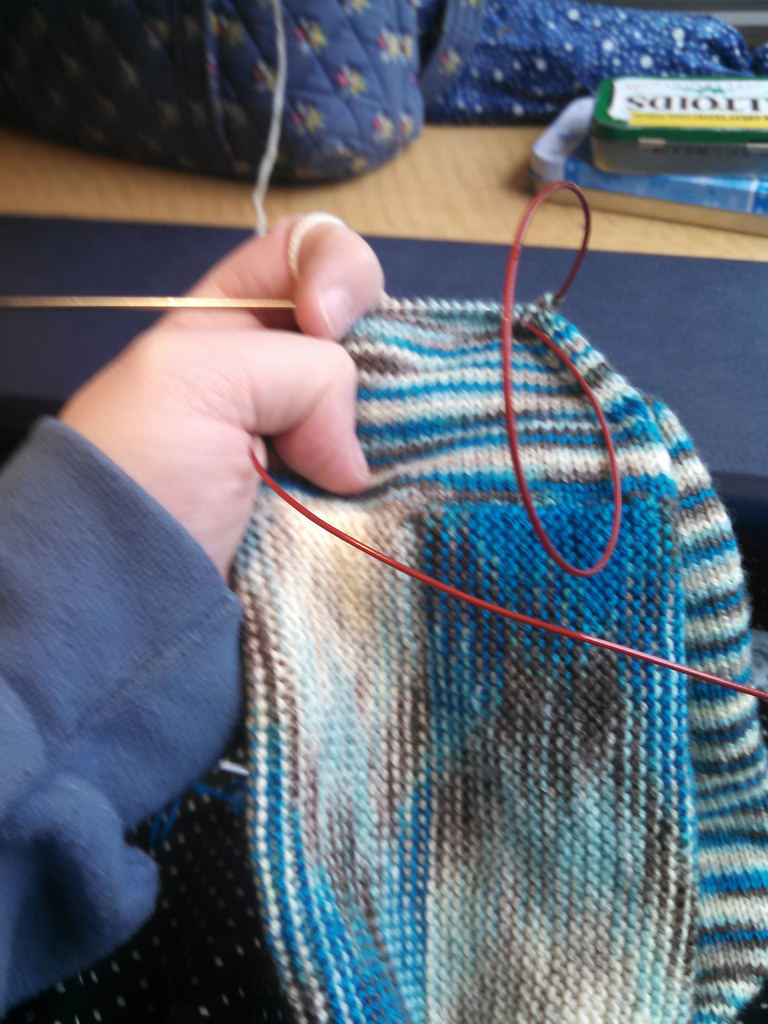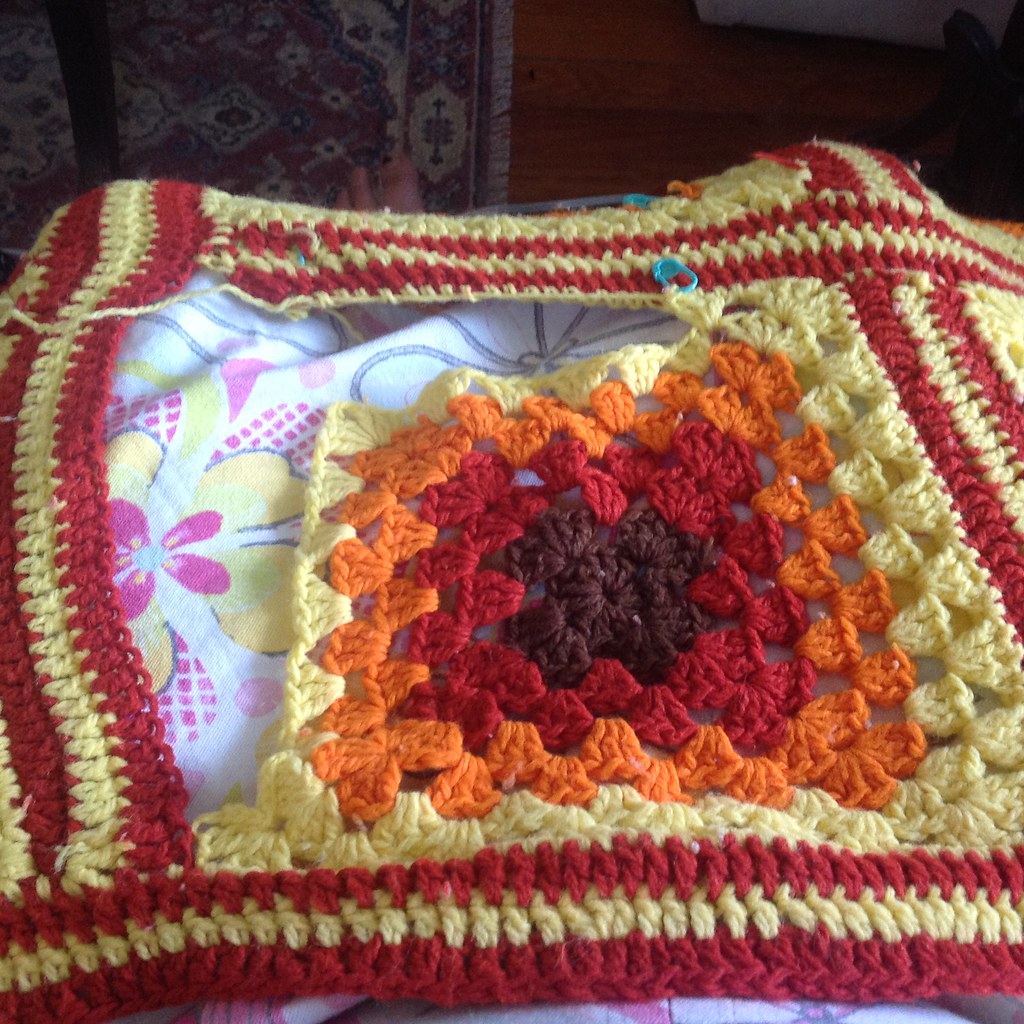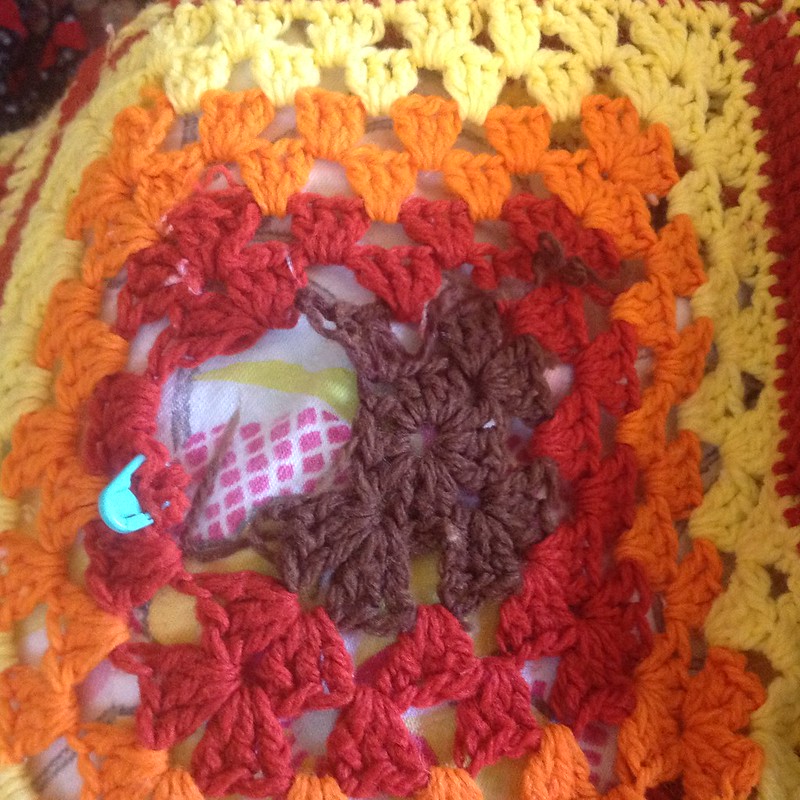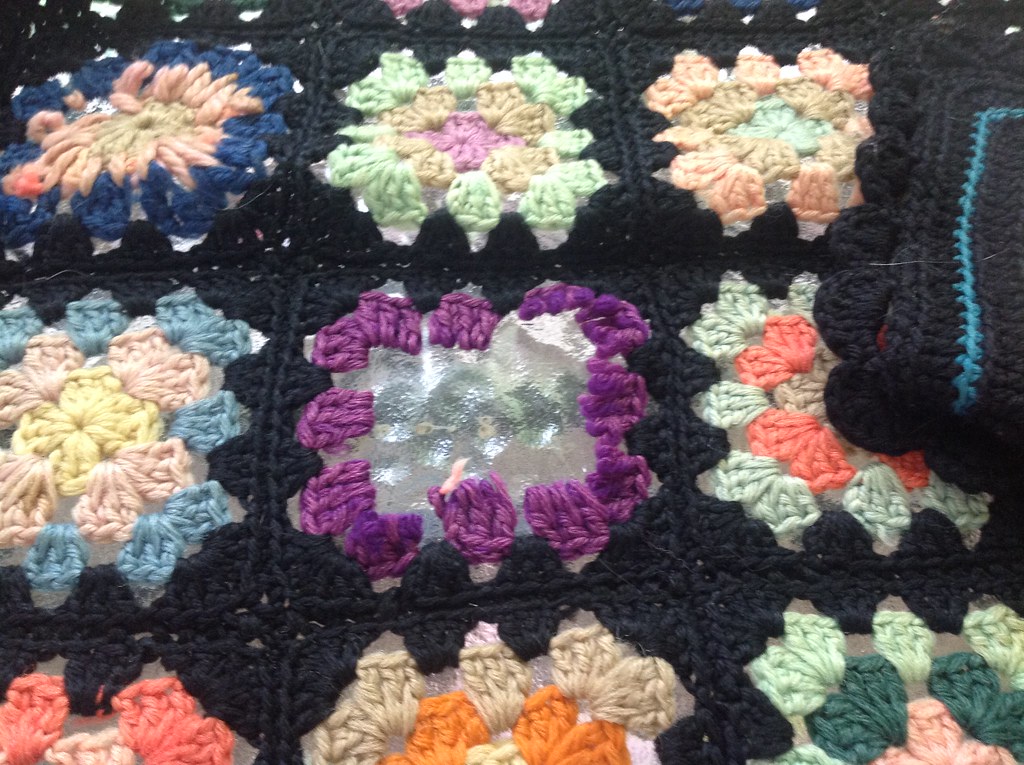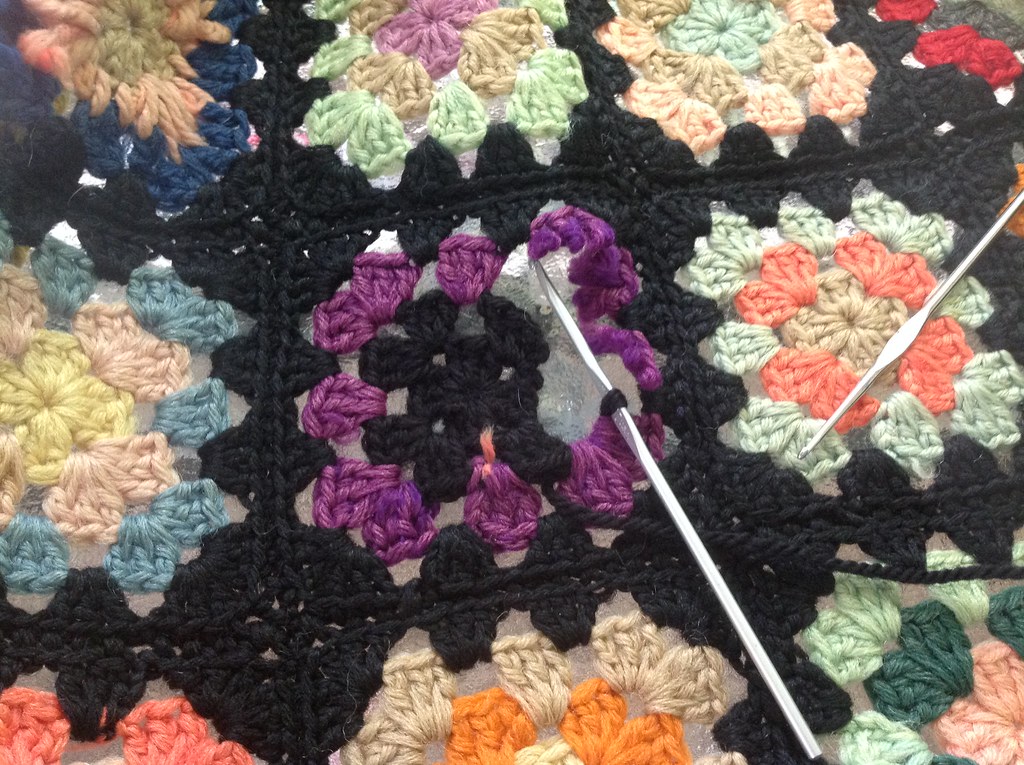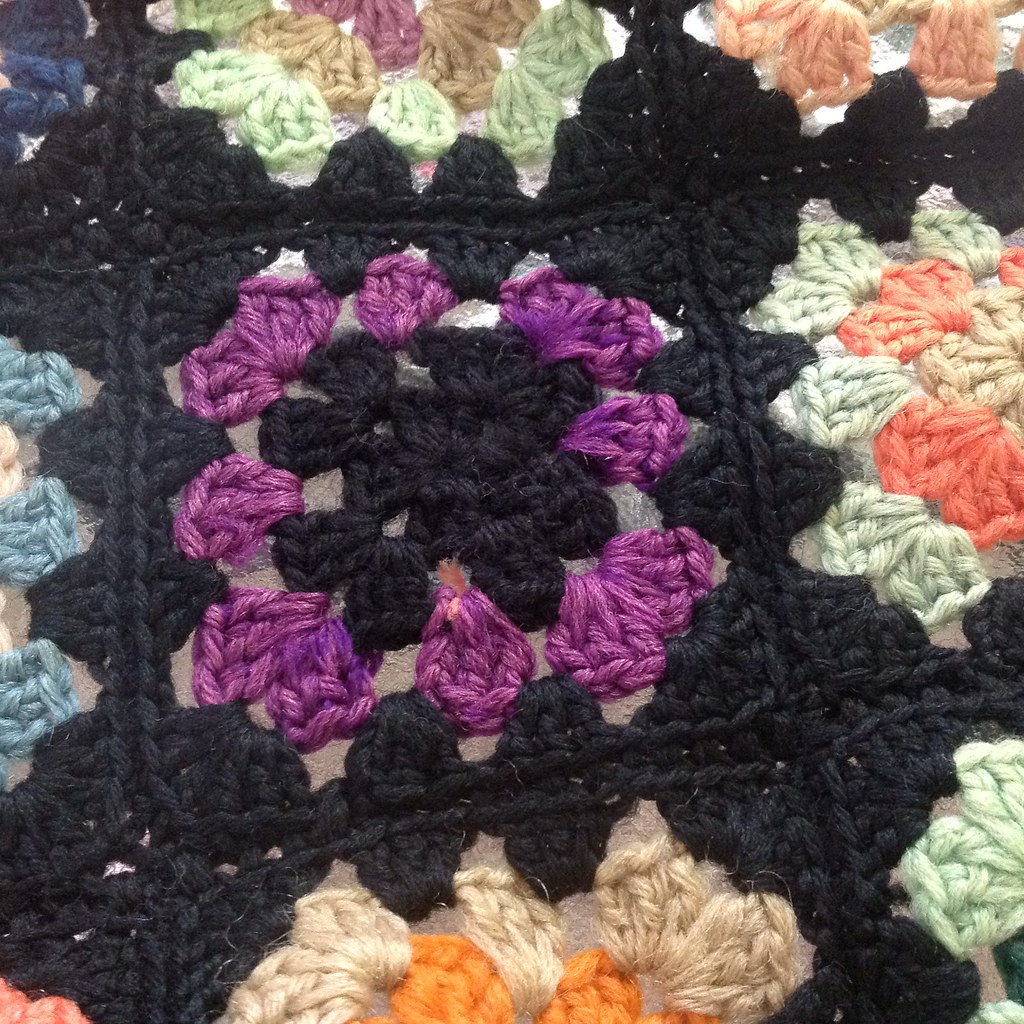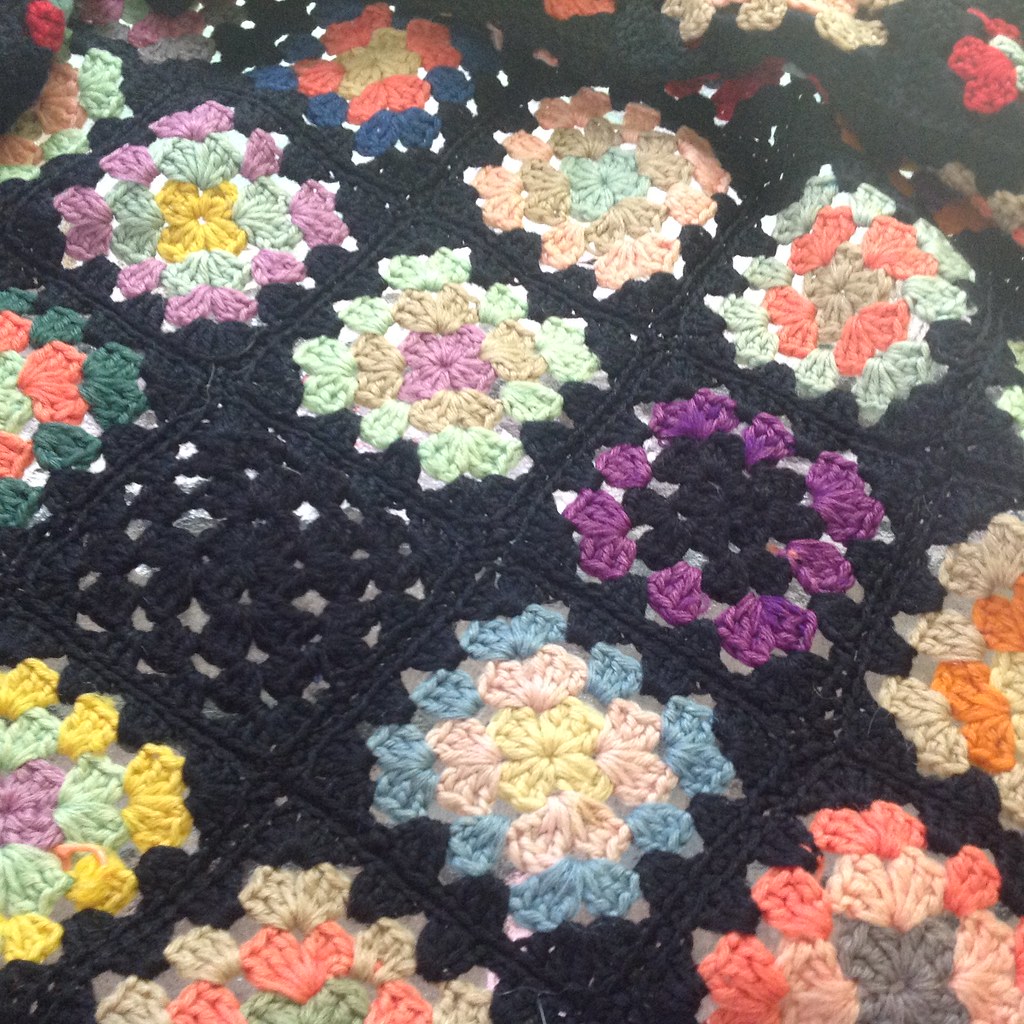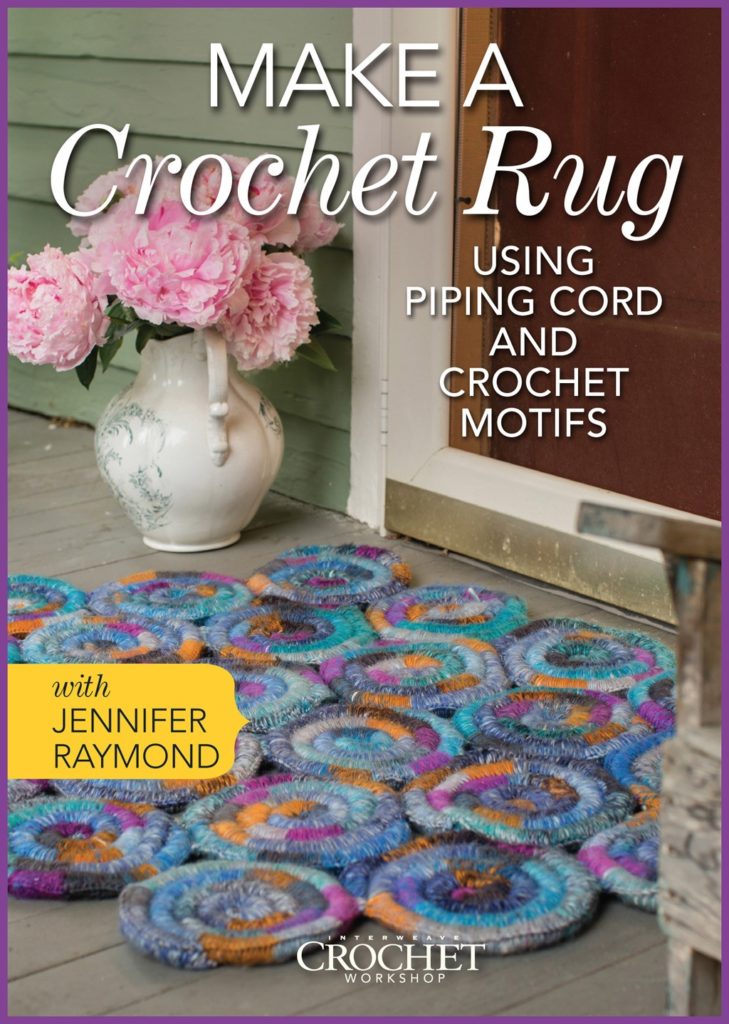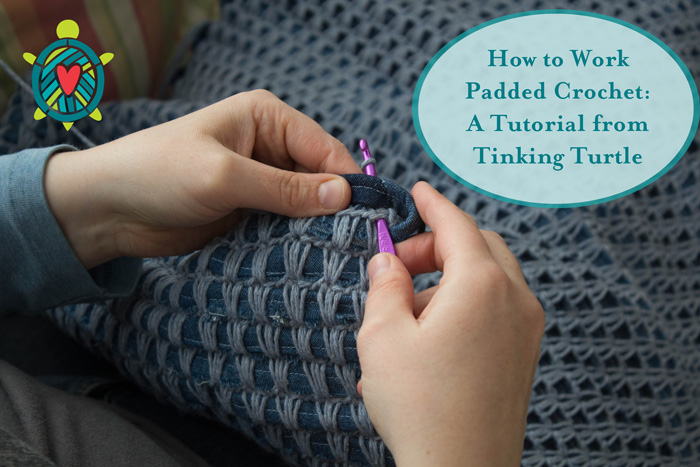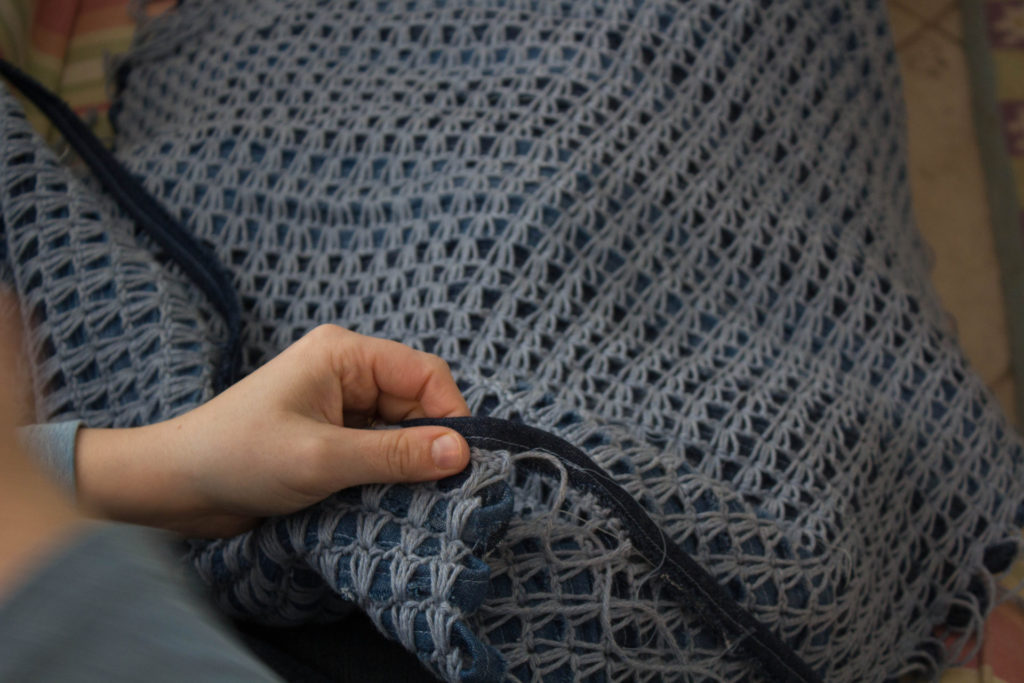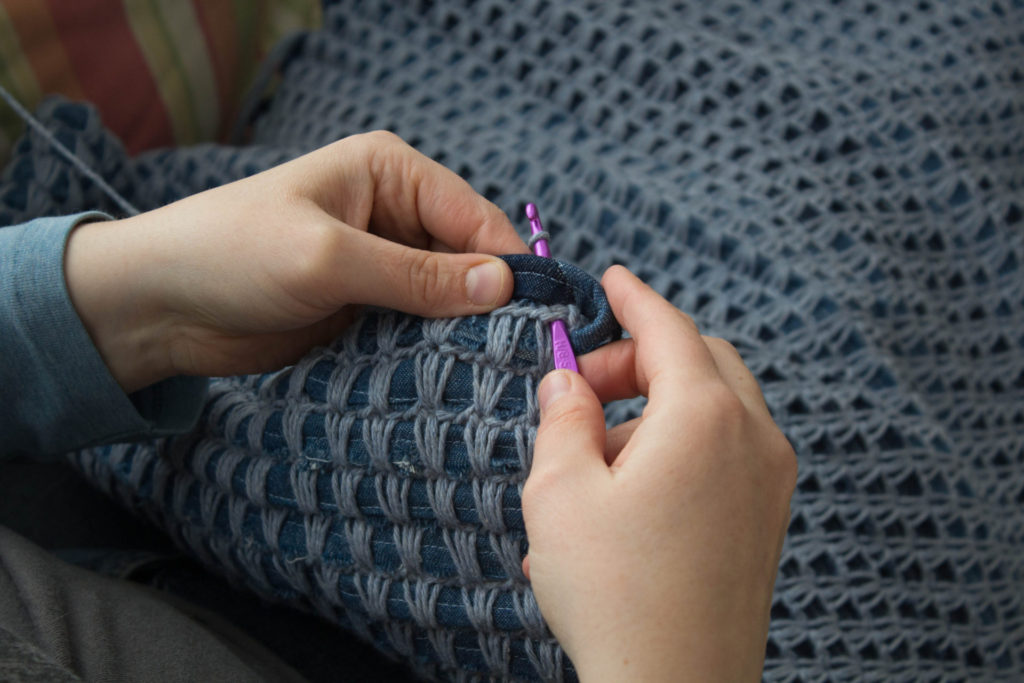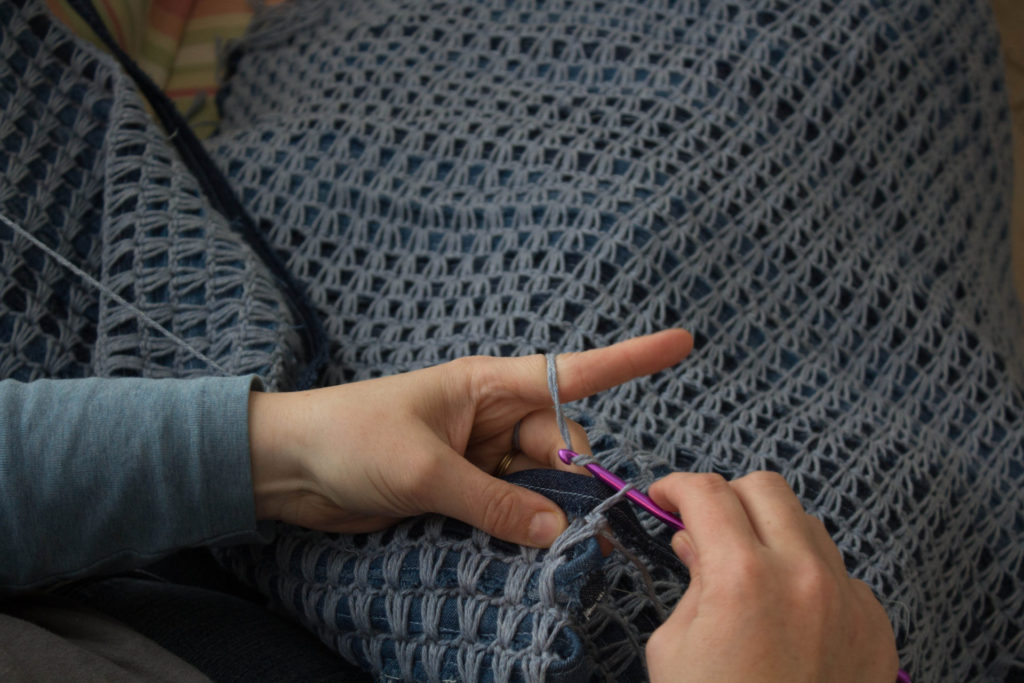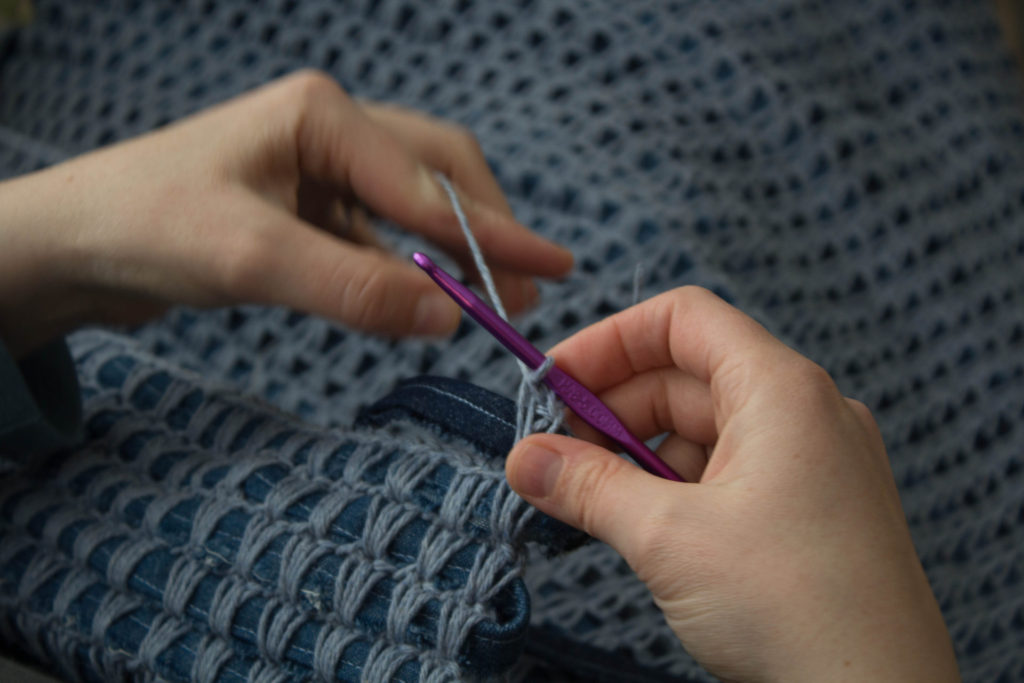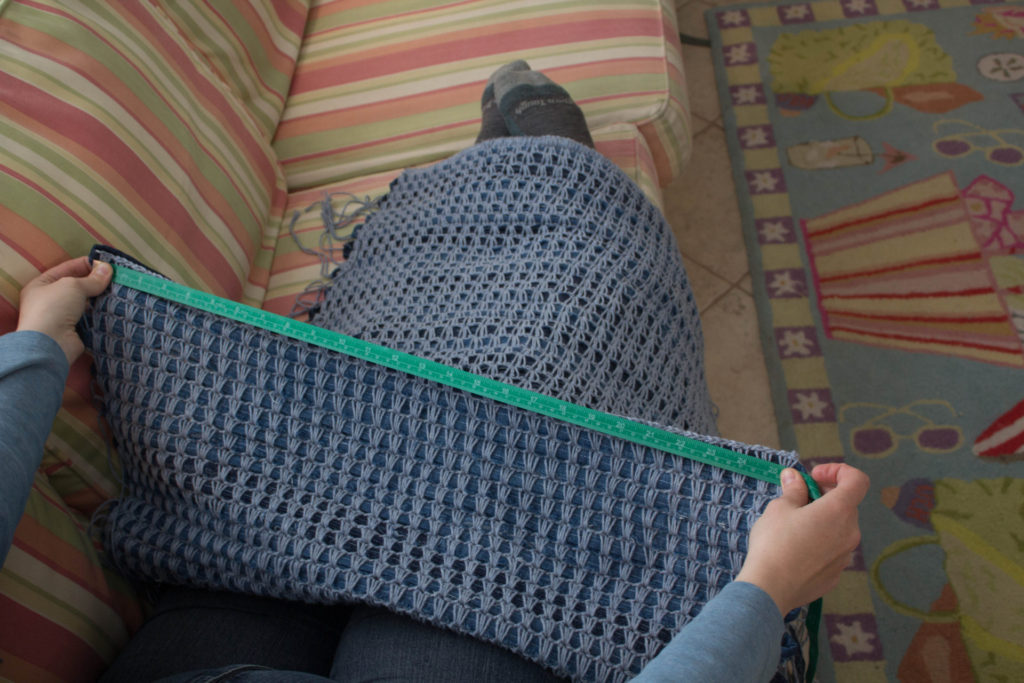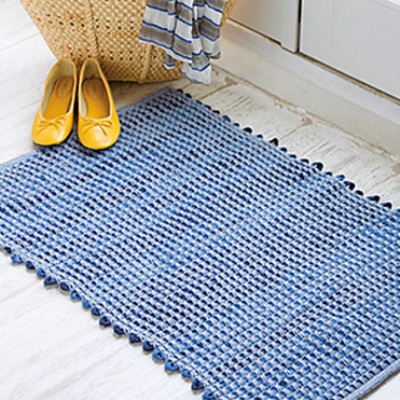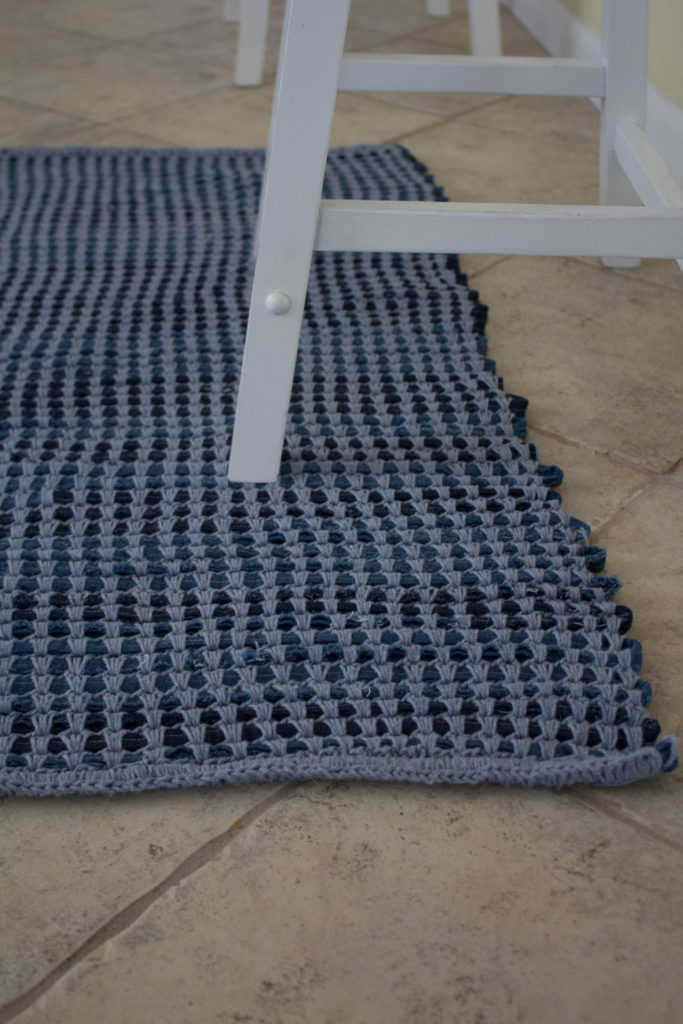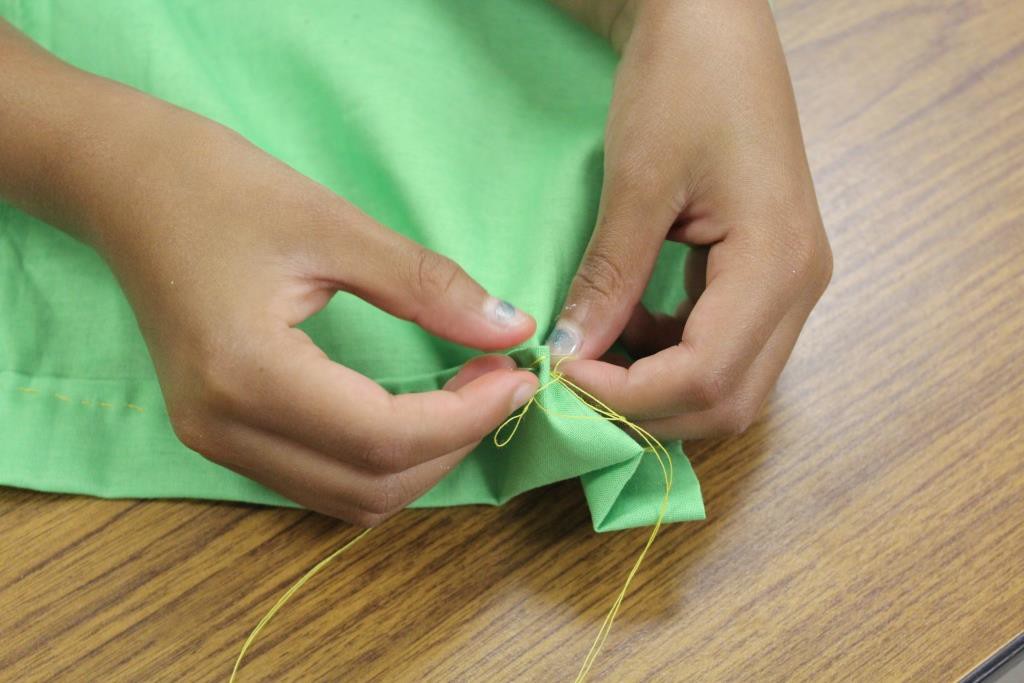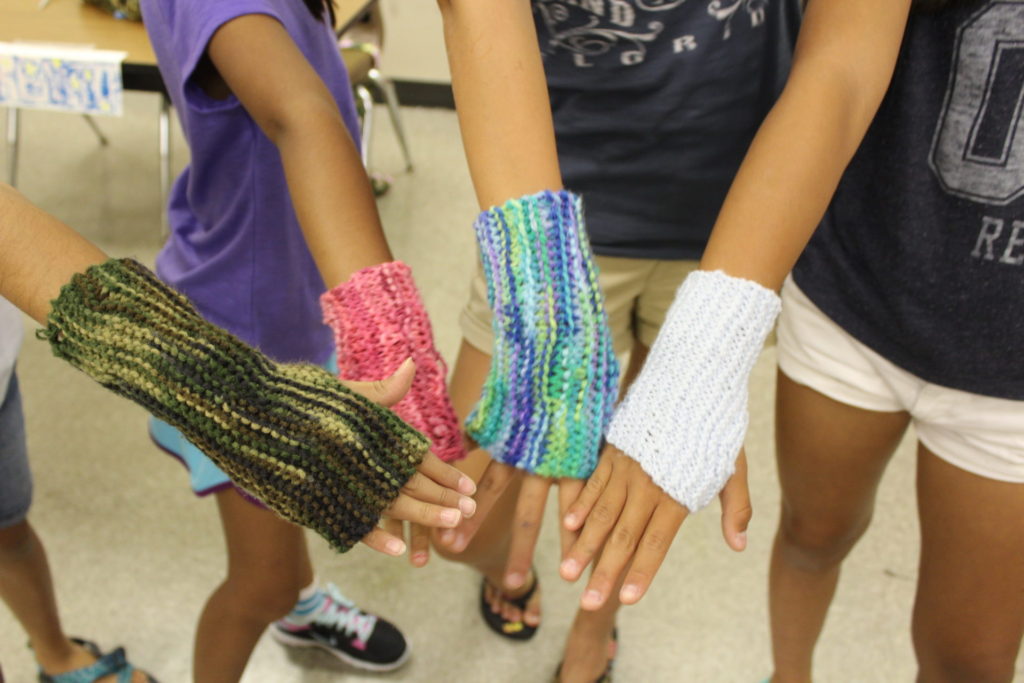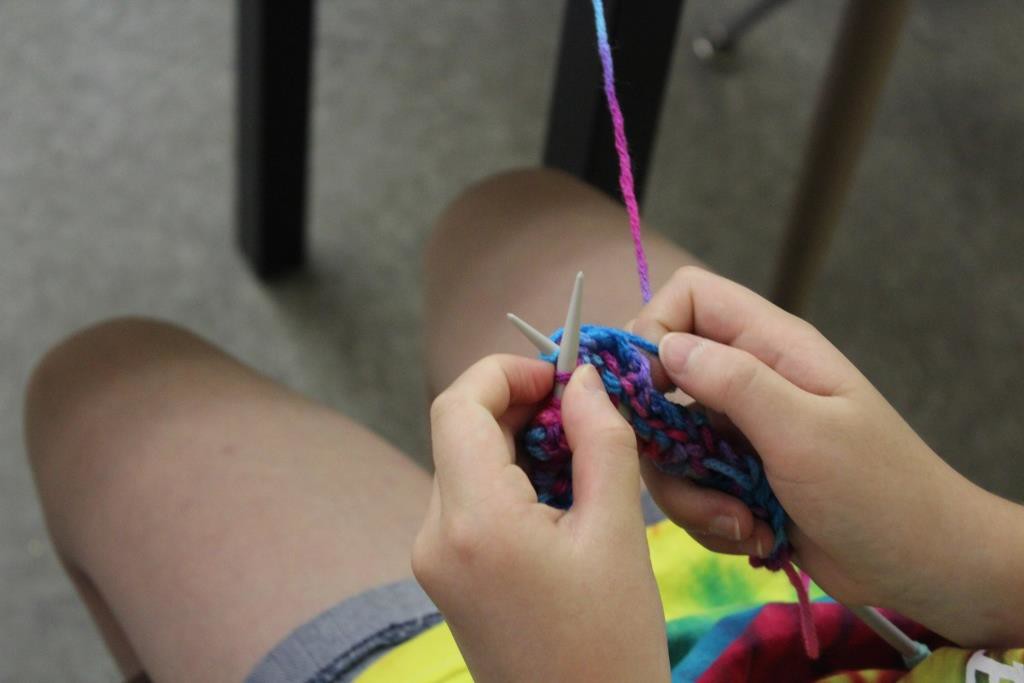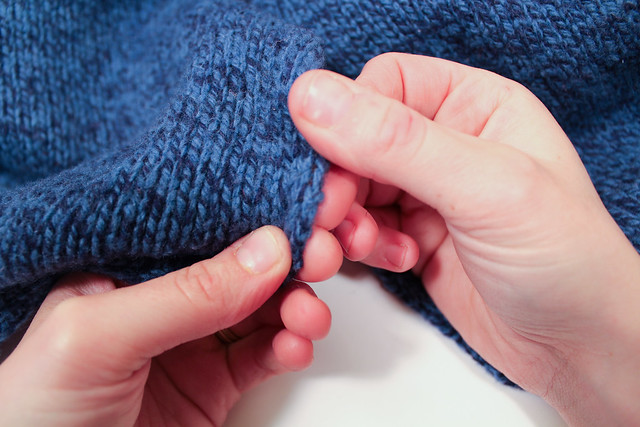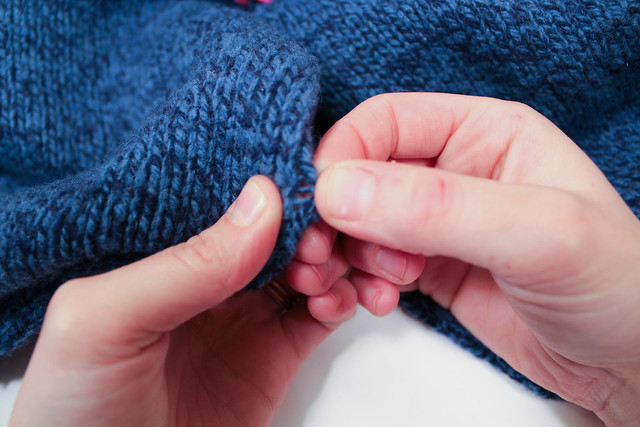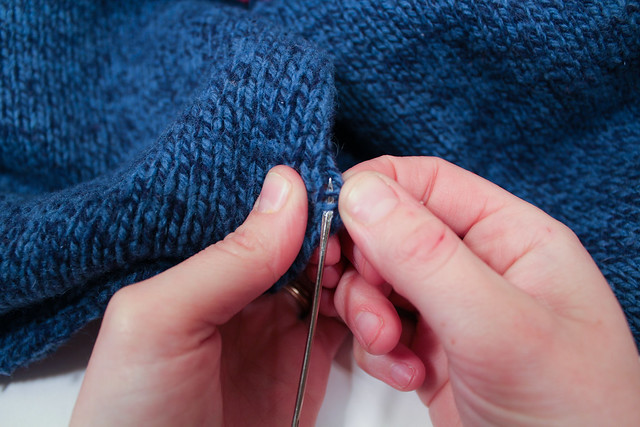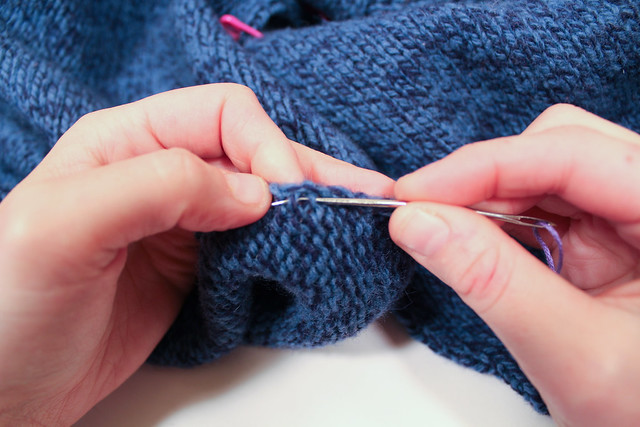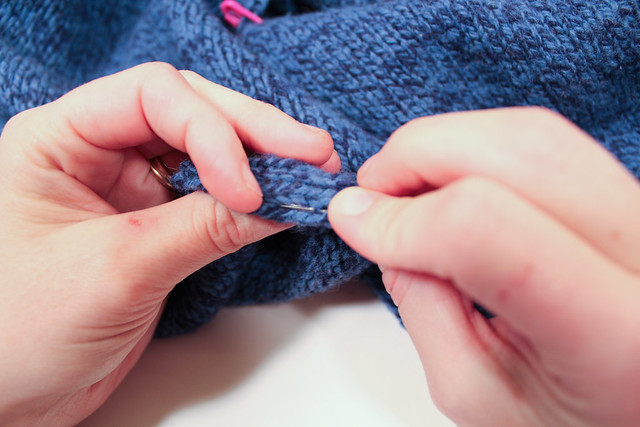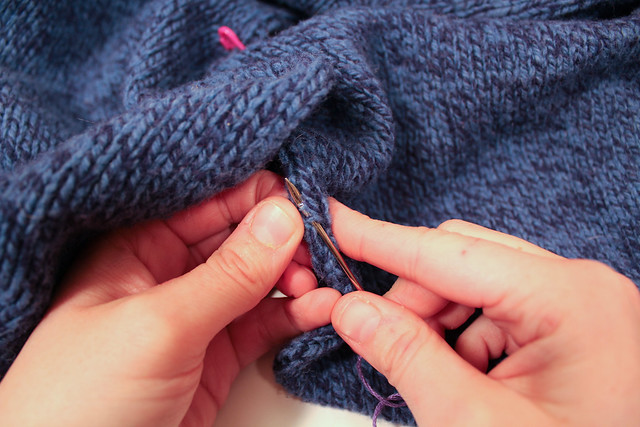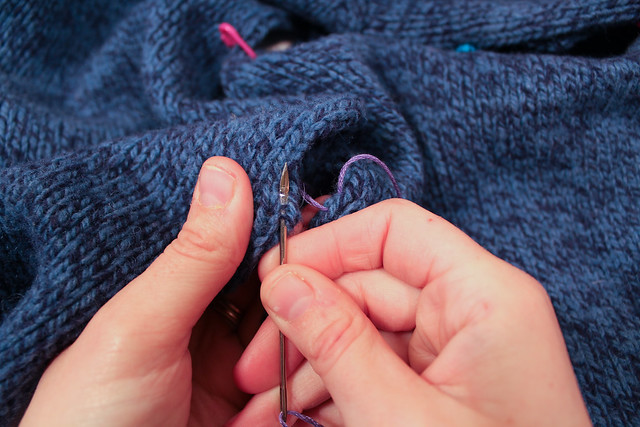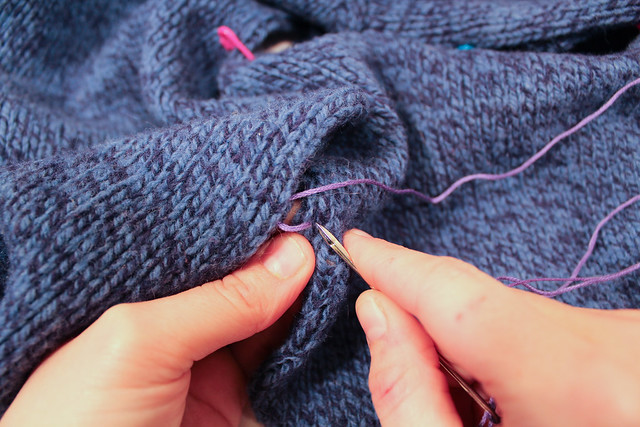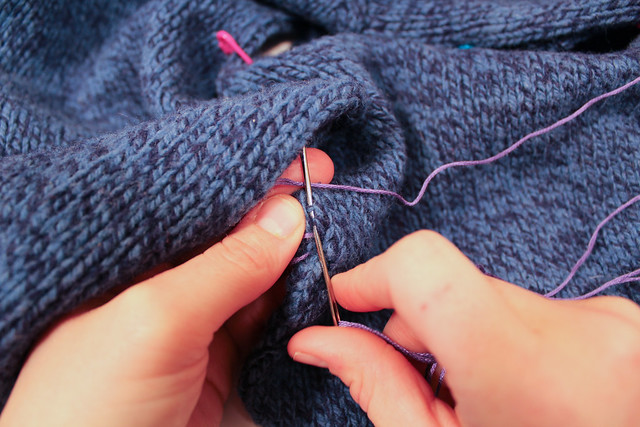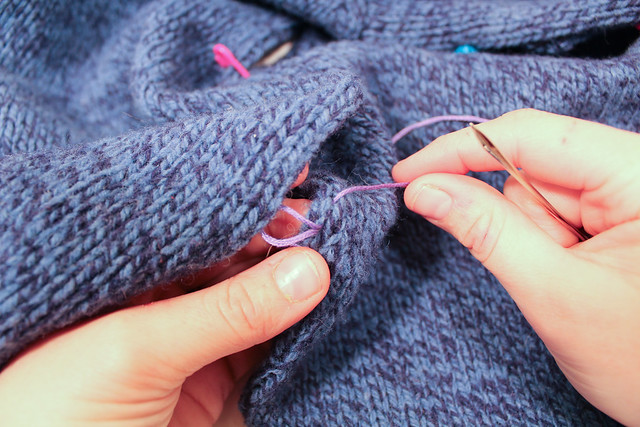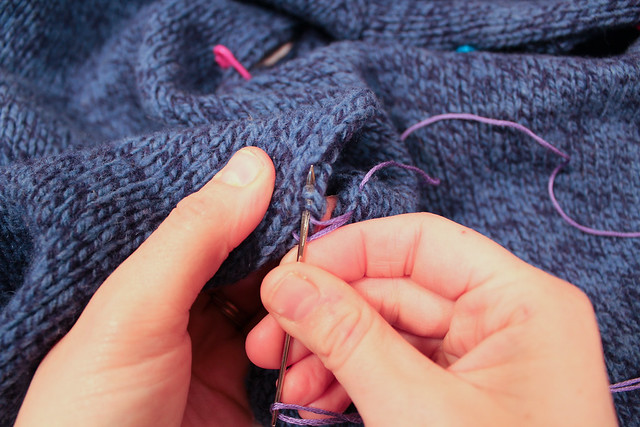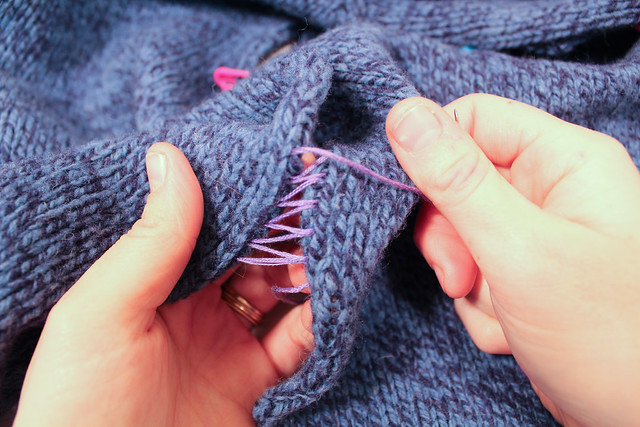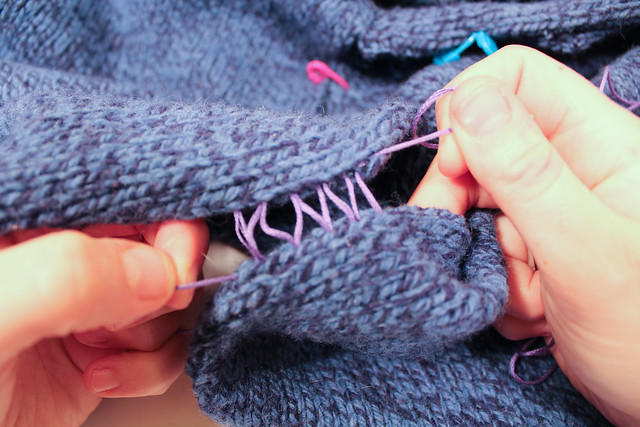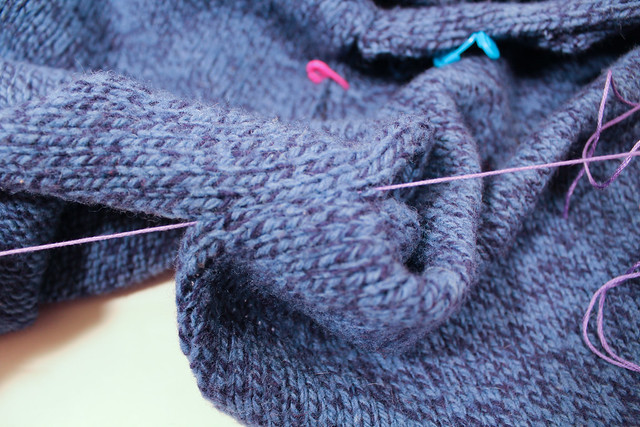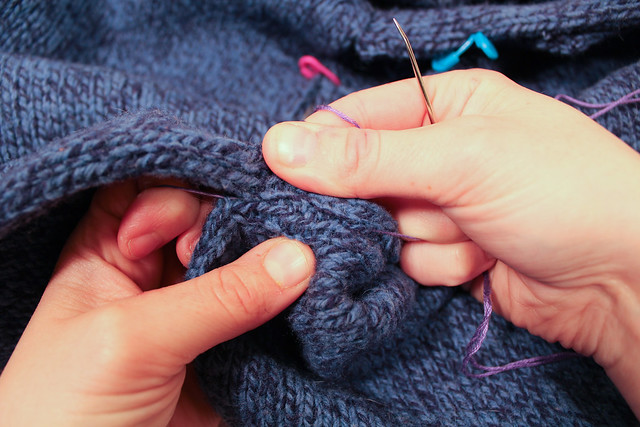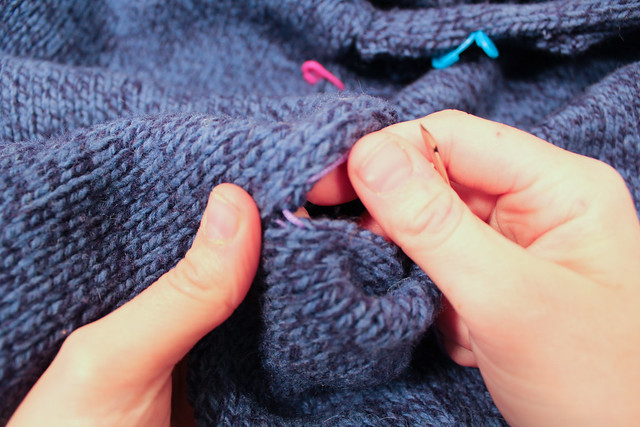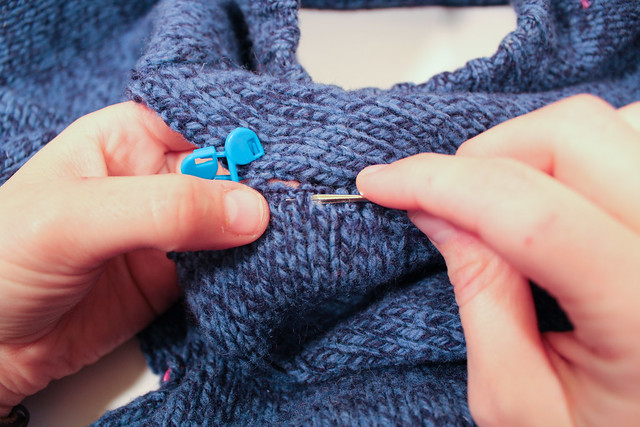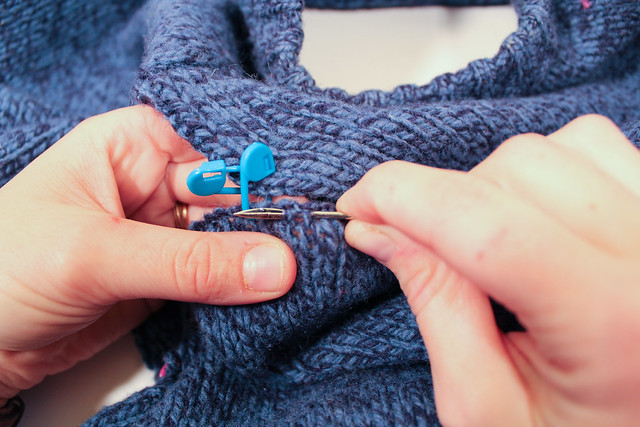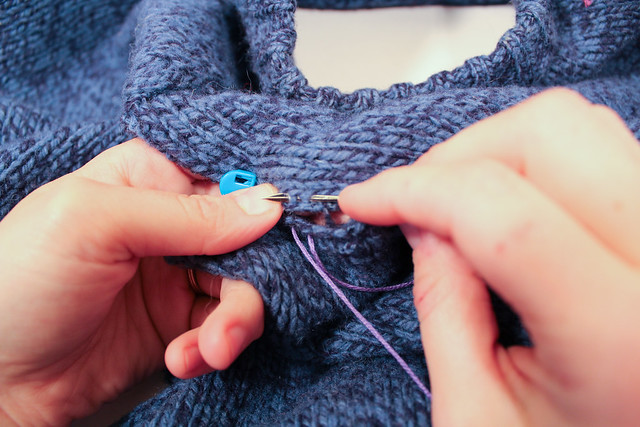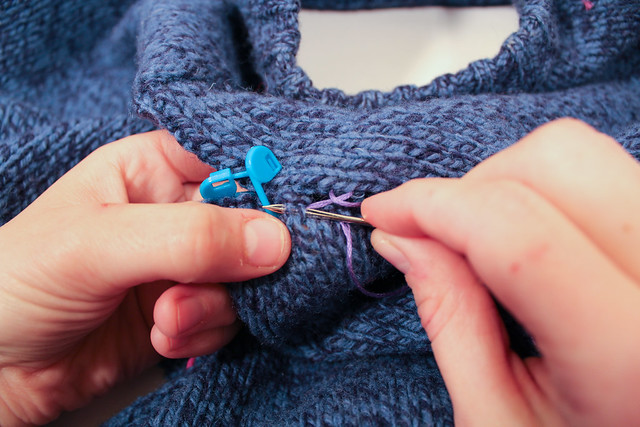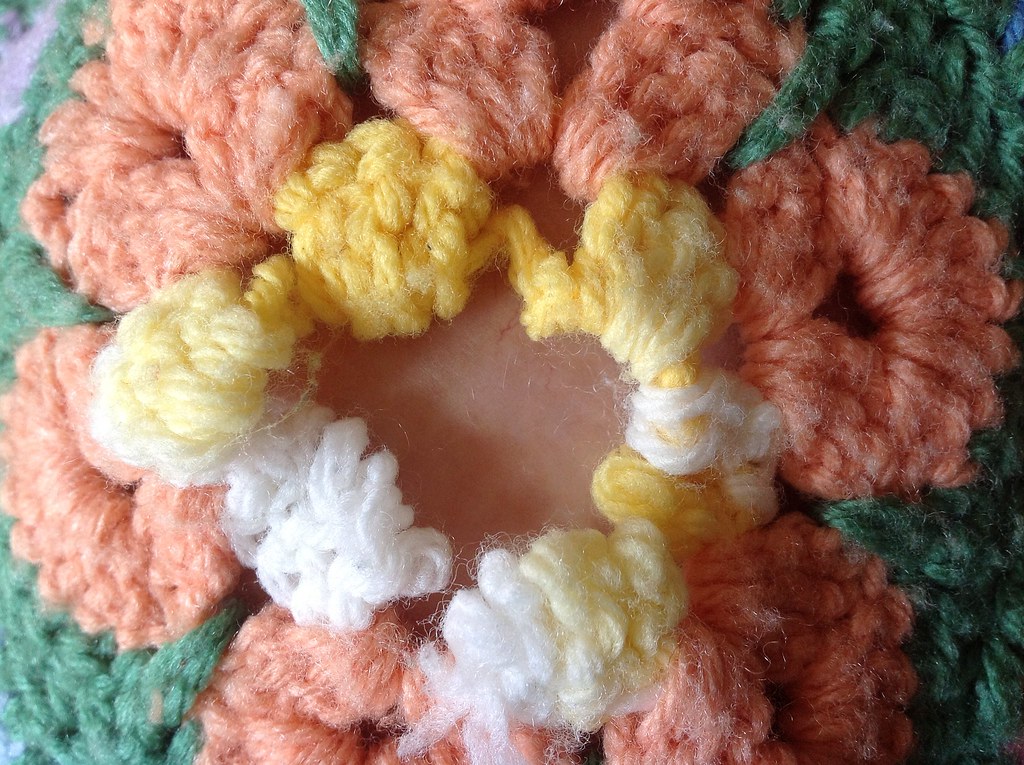This marks the end of the first weeks of the camps I’m running with Montgomery College, and I’m wrapping up one of my cornerstone camps, String Theory. String Theory is a sampler camp: giving the children a taste of spinning, weaving, sewing and knitting. The hope is, at the end of the camp, students will have found something they’re interested in, and pursue it further. I thought it’d be helpful to have a reference post of resources for children – and ongoing fiberarts learning.
Sewing
- My First Sewing Machine Book is a great resource for kids wanting to learn to sew with a machine.
- Sewing 101, Revised and Updated: Master Basic Skills and Techniques Easily through Step-by-Step Instruction is written for adults, but is also a great book for kids starting out. I like that it’s spiral bound – so it sits open easily if you’re following the patterns step by step.
- My First Sewing Book: 35 Easy and Fun Projects for Children Age 7 Years Old + (Cico Kidz) is a good book with short, easy to finish projects – which is essential when you’re first starting out.
- Sewing Machine Fun for Kids is another solid book with a good project range.
- A Kid’s Guide to Sewing is a great book for the simple fact that is has pictures of actual kids sewing and doing the projects.
Knitting
- Kids Knitting: Projects for Kids of all Ages is really geared towards kids of 10 and under, and some of the projects are very much geared at very young children (5-8), but is still a great resource with some solid projects.
- My First Knitting Book has good pictures and gives a nice foundation to learning how to knit.
- Kids Knit! Simple Steps to Nifty Projects is a helpful book – and has a nice section on learning how to read patterns.
- Knitting for Children: 35 Simple Projects Kids will Love has a nice progression from easier to more difficult projects. It’s specifically aimed at children 8-12, which is the perfect ages to move through knitting.
- Knitting: Learn to knit with 6 Great Projects: this is the book I learned how to knit from (along with a helpful mentor. I love the Klutz books.
Weaving
- Kid’s Weaving is where it’s at. It’s one of the only book that is weaving and geared toward children, and it’s solid.
- You Can Weave is older, and harder to find, but a good resource.

